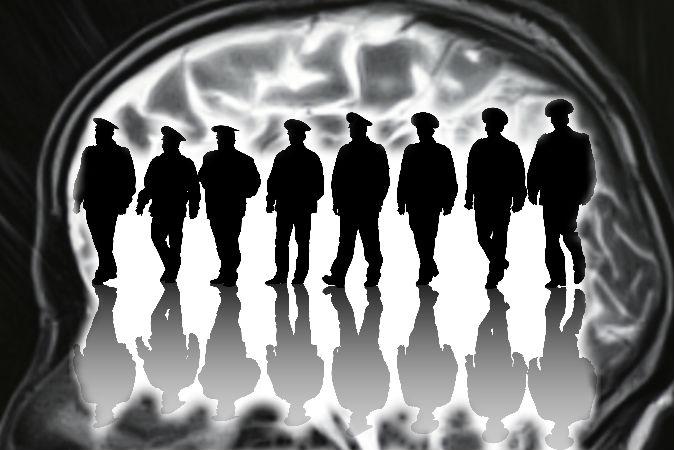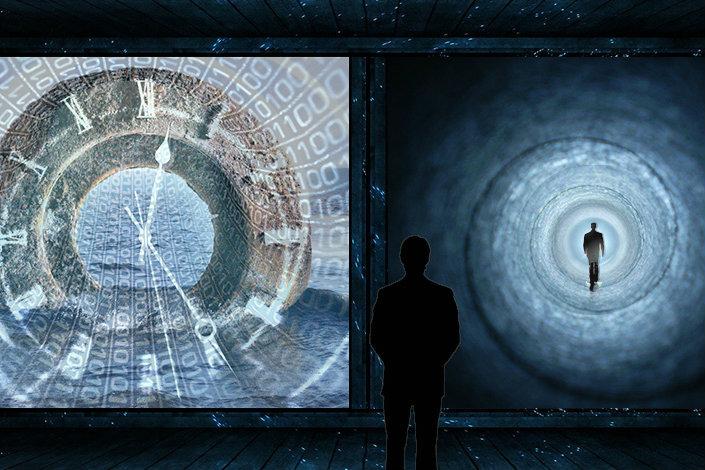Can functional magnetic resonance imaging (fMRI) brain scans and other technology currently being tested on U.S. troops by the military be used to screen police recruits for hidden racist attitudes? The answer is a resounding yes! Departments all over the country should be paying attention because this is the future and it’s ready to use now.
It’s just one bi-product of The Human Brain Project, the goal of which is to map and recreate the brain using super computers. The purpose is to advance the fields of neuroscience as well as technology. That, of course, is only part of the goal of the military and Defense Advanced Research Projects Agency (DARPA)—investors in the technology’s development.
DARPA’s interest in brain mapping is to understand unique individual human cognition and behavior. It isn’t alone in this pursuit. The Royal Society’s “Brainwaves Project” in the U.K. is among others following the same pursuit.
Brain mapping and manipulation are here today and to stay. By creating a map with an ever-increasing resolution, scientists can hone in on very specific regions.
For the military, much of the focus is on predictive behavior and pre-crime. The idea is that they will develop the technology to the point at which they can confidently detect and even predict criminal intent.


